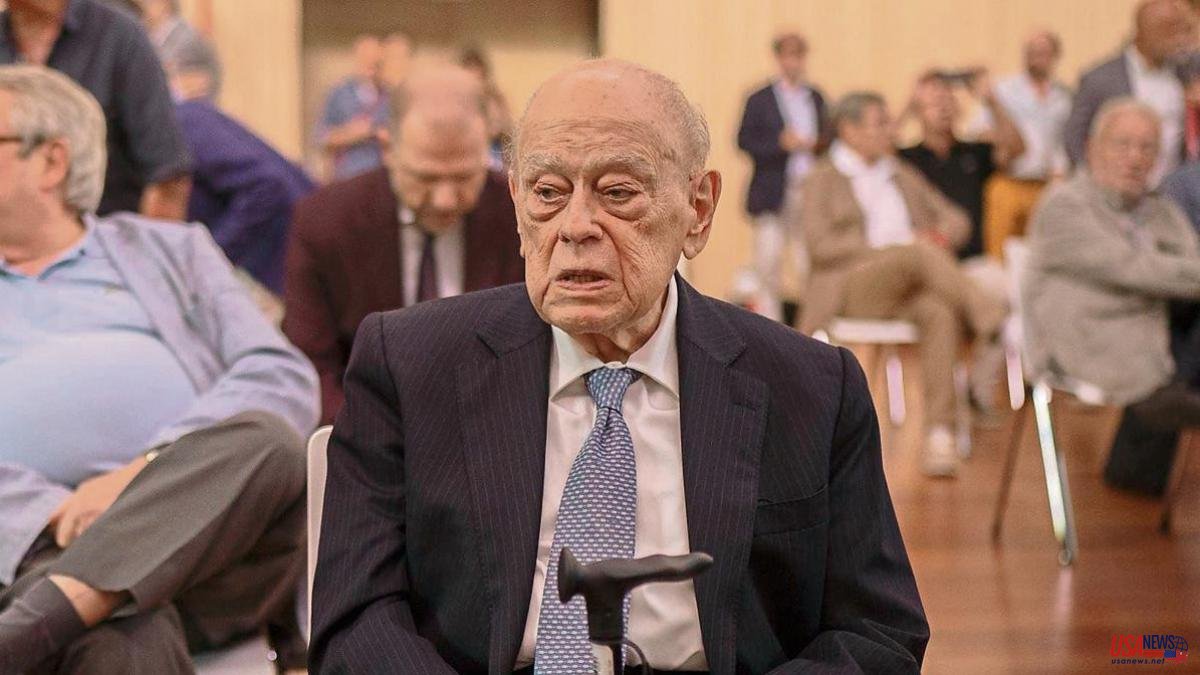The clinical condition of the former president of the Generalitat Jordi Pujol has improved and his evolution in the last 24 hours is favorable, but a brain injury has been detected, as reported by the Hospital de Sant Pau where the patient is still admitted for observation in the unit of ictus. Pujol is conscious, can speak and has started eating, the statement added.
The brain MRI performed yesterday confirmed an injury to the left temporal region. This area corresponds to the distal territory of the left middle cerebral artery, where the occlusion was found, which was treated last Monday by endovascular treatment.
The president will remain hospitalized all this week for observation and to assess the evolution of his neurological condition.
President Pujol was admitted at 5:00 p.m. on Monday to the Hospital Emergency Service from Barcelona Hospital for the evaluation and treatment of a stroke. The symptoms began at 11:00 on the same day with a language disorder, for which he was transferred to Barcelona Hospital where the existence of an ischemic stroke was confirmed, that is, a stroke due to lack of cerebral blood flow. In agreement with the medical team from the other hospital and the family, it was decided to transfer him to Hospital de Sant Pau to assess potential treatments.
Upon arrival, in accordance with the hospital protocol for stroke, a cranial CT scan was performed that detected the presence of an obstruction of an intracranial segment of the left middle cerebral artery. After evaluating the case in a multidisciplinary manner, and given that the symptoms persisted and we were within the first 8 hours from their onset, in agreement with the family, it was decided to perform endovascular treatment. A mechanical thrombectomy was performed through femoral catheterization.
The procedure confirmed an acute obstruction of the left middle cerebral artery and the thrombus was removed by aspiration. The procedure achieved recanalization of the vessel and a good flow of the obstructed artery was observed.













